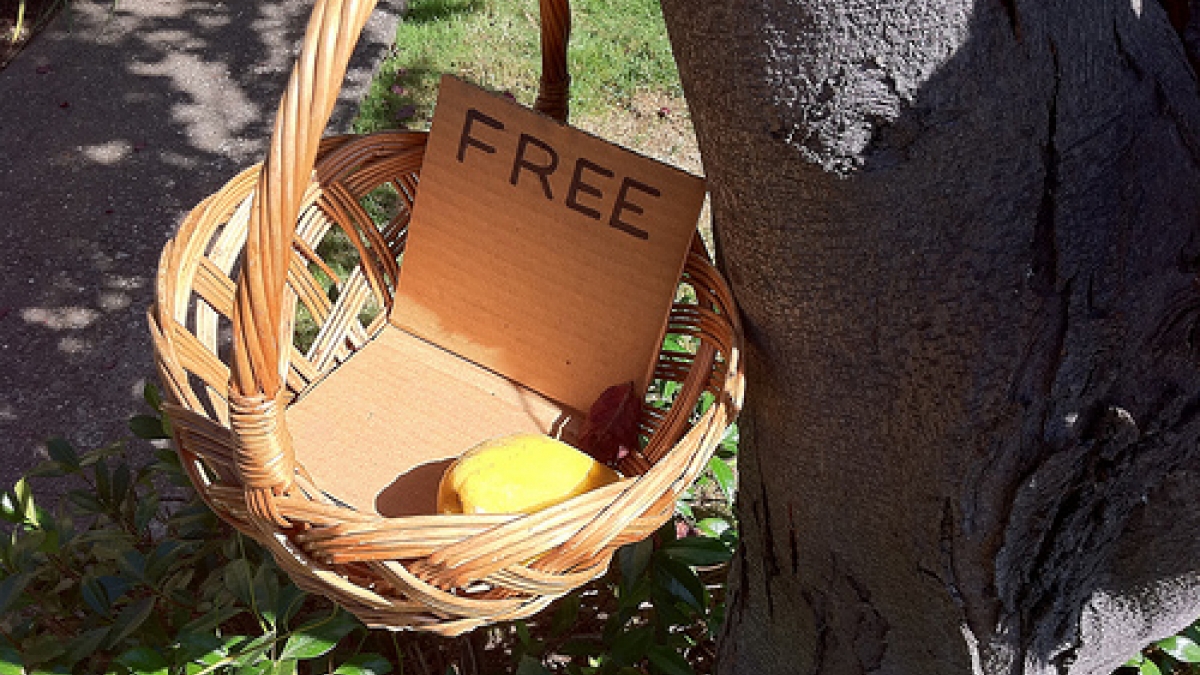
Market Trend: Collaborative Consumption
As our economy began declining, people had to cut back and learn to live with less. What made this downturn unique from others throughout history is the role the internet was able to play in cultivating creative solutions. Technology has built trust between strangers, and social media has made us more comfortable with being public while living our day-to-day lives. Studies have shown that as people get more comfortable with sharing content online, they learn to trust more and therefore get more comfortable sharing with strangers offline.
There has been a fundamental shift in our thinking that has remained with us even as the economy has begun to pick up. The optimist in me feels that this is the beginning of a new era, or rather, a reintroduction to an old way of doing things - a world where people go out of their way to help, share and collaborate with neighbors and strangers, and where less emphasis is placed on owning material goods. Sharing is better for the environment, saves money, reduces clutter in our home and work spaces, and fosters a real sense of community.
The formal name this movement has been given is collaborative consumption. According to Wikipedia, it is defined as an economic model based on sharing, swapping, bartering, trading or renting access to products as opposed to ownership. This is the basic premise behind libraries, laundromats, co-op living communities and several successful ventures, including Netflix, Zipcar, Ebay, Couchsurfing and Craigslist. (If you happen to be the Burning Man type, this is how things operate in Black Rock City, an idyllic town where money doesn’t exist and people live together in harmony.)
Now entrepreneurs are taking these business models one step further to create even more trust and collaboration on and off the net. The collaborative consumption movement is taking flight in every sector - cars, media, books, clothes, travel, housing and lending - and it’s disrupting tired old business models in the process.
Lots of cool new websites are springing up with peer-to-peer sharing implemented. There is:
- Swap.com - It’s like Ebay minus the money
- Airbnb.com - You can turn your spare room into a hotel for cash
- Heyneighbor.com - A virtual way to communicate and build communities with your neighbors
- Parkatmyhouse.com - A way for home and property owners to rent out parking spaces
- Kickstarter.com - Peer-to-peer project lending
- Thredup.com - A site where moms can swap their gently used kids’ clothing, one of the most wasteful industries out there
- Loosecubes.com -A site where you can rent out unused office space to freelancers Saving money and doing good for the world are no longer mutually exclusive. So sort through those boxes of stuff in your garage, get online, and share with someone who can put that stuff to good use. Together, let’s change “mine” to “ours”. Here’s a TED video explaining collaborative consumption: http://www.ted.com/talks/rachel_botsman_the_case_for_collaborative_consu...
